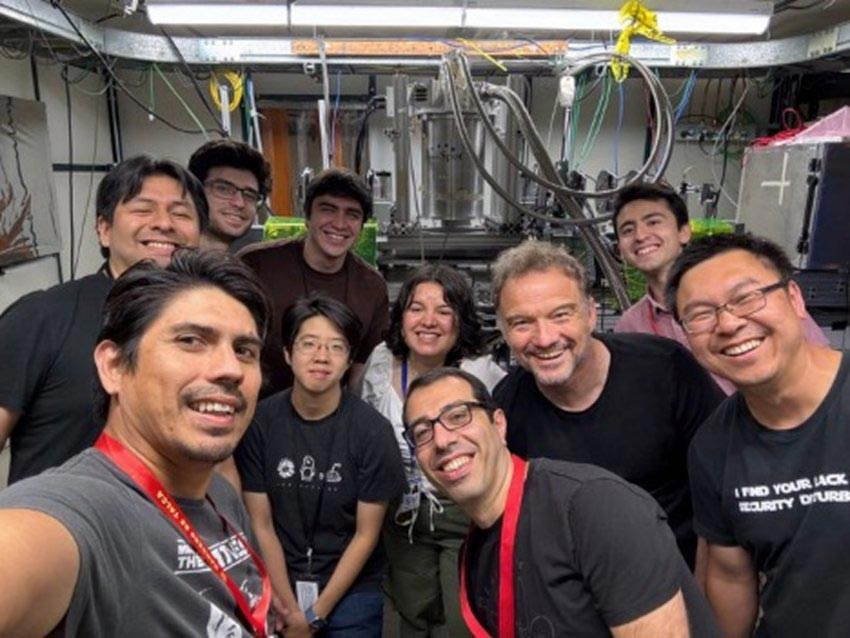Introduction
In the world of particle physics, “ghost particles”—such as neutrinos—have long been some of the most elusive entities. Thanks to groundbreaking advances in quantum sensors and 4D sensing technologies, researchers are now on the verge of capturing these fleeting phenomena in ways never before possible. This blog dives into how quantum innovations are transforming collider science and the future of high-energy physics.
1. Ultra-Precise Quantum Field Sensing
Quantum sensors can detect incredibly minute changes in electromagnetic fields, allowing physicists to track ghost particles indirectly. By measuring subtle shifts in these fields, researchers can infer the presence of otherwise undetectable particles without needing direct interaction.
2. Four-Dimensional Particle Tracking
Traditional particle detectors record events in three dimensions. New quantum sensor arrays add a fourth dimension—time—into the mix. This 4D quantum sensing enables scientists to reconstruct particle interactions with unprecedented resolution, vastly improving the chances of observing ghost particles as they pass through detector fields.
3. Enhanced Detector Sensitivity
Quantum entanglement and superposition principles are leveraged to boost detector sensitivity beyond classical limits. Modern collider experiments, like those at CERN’s Large Hadron Collider (LHC), are now deploying these next-gen quantum detectors to pick up ultra-weak particle signatures that were previously drowned in noise.
4. Low-Temperature Quantum Technologies
Many quantum sensors operate best at cryogenic temperatures, minimizing thermal noise and maximizing signal clarity. Colliders are integrating these low-temperature quantum technologies to create pristine environments where even the faintest particle interactions can be detected and studied in detail.
5. Real-Time Quantum Data Processing
New quantum algorithms allow real-time data analysis of collider experiments. By processing data streams instantaneously, physicists can identify ghost particle events as they happen, refining experiment parameters on-the-fly to maximize discovery potential.
Conclusion
Quantum sensors are redefining the boundaries of particle physics. By enabling 4D particle detection and improving sensitivity to ghost particles, these technologies are propelling collider science into an exciting new era. As research continues to advance, we may soon witness discoveries that reshape our understanding of the universe’s fundamental building blocks. Stay tuned to our blog for the latest updates in quantum innovations and collider experiments!
Want to learn more about how quantum technologies are shaping the future of science? Check out our article on How Quantum Computing Is Revolutionizing Scientific Research!










